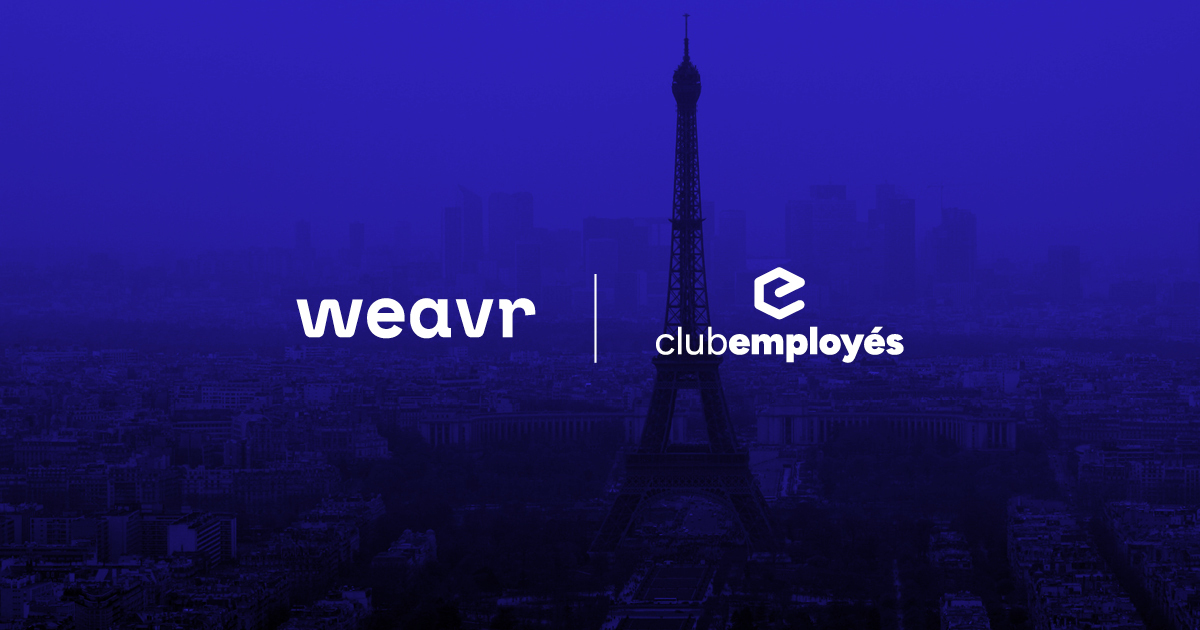From purchasing supplies to paying out salaries, finance is a huge part of the digital workplace. Historically it’s been a domain steeped in paperwork, invoices and receipts, but a wave of digital innovators and disruptive tech platforms are changing that. And for those innovators, embedded finance will be key to delivering the next-level user experience that HR, and the teams they support, need.
Whether it’s empowering hybrid workforces with spaces and resources, or creating flexible, bespoke platforms for benefits, rewards and expense management, embedded finance can change the face of HR wherever money is involved.
1. Driving out inefficiency through automation
Take a platform, any platform, and add embedded finance into the mix. Suddenly more tasks can be automated than ever before, since the platform can now streamline payment flows behind the scenes. That means more efficient experiences are made possible for employees, recruiters and HR.
Anywhere you find manual processes, there is room for human error. There are plenty of automation-driven platforms eliminating this risk across employee databases, order management and so on, but as soon as payment and reconciliation is involved, companies often have to resort to manual, error-inclined processes. Until the platform they use gets hold of embedded finance that is.
Many businesses use accounting platforms to manage their invoicing and reconciliation. In many instances, yes you can pull in your bank account information, but crucially you can’t complete the final step – making payments. Imagine if one click could result in all creditors being paid from within the platform – without logging into a bank account and paying each supplier one by one? Embedded finance can make that happen.
With fewer human hands moving everything along, it creates a more efficient and reliable operation. It’s not about replacing people with automation, it’s about removing repetitive friction points to iron out errors and allow people to focus their talents on more important tasks.
In a recent discussion, Luke Fisher, founder and CEO of Mo, and Daniel Greiller, Chief Commercial Officer of Weavr, explore the changing landscape of employment relationships and the importance of personalised work propositions and benefits.
As the power shifts from employers to employees, offering customisable perks, rewards, and allowances is essential to attract and retain top talent. Embedded finance can further enhance personalisation by enabling tailored solutions, improving employee satisfaction and outcomes.
2. Empowering future innovation
Most businesses have at least international, if not global aspirations, yet the arduousness of offering financial services across multiple countries often slows down the ambitions of innovators. Exactly what you can offer and which regulations you need to comply with changes from region to region – and the more countries you expand into, the more likely you are to get lost in the jungle.
What you need is to find an embedded-finance partner that can expand and scale with you so you don’t suddenly discover that your wings are clipped the moment you want to take flight into new areas of innovation or acquisition. That way you can open up more products, territories and services to your customers without each one being a gruelling integration project.
For example, your platform might begin by offering customers a way to track expenses across their company, and let’s say employees can use your platform to effortlessly purchase company supplies through the most locally relevant payment method – maybe a super app in Thailand or a physical card in Hungary – courtesy of a feature powered by embedded finance.
With the right embedded finance partner, you could also expand easily into new territories or add new financial products when you desire, so your platform could evolve to help companies manage their payroll and handle all compensation at the click of a button.
3. Freeing expense management from the weight of paper trails
Expense management has always been admin-heavy. For back office teams, it means sifting through piles of receipts and approving payouts, while for the employees themselves it’s a case of waiting for their fuel or lunch expenses to clear more than a month after the money has left their personal account.
When a SaaS platform has functionality powered by embedded finance, employees can be issued a card linked to a company account, meaning they can get going without worrying about spending their own funds. At the same time, companies can keep total oversight by monitoring transactions and locking virtual cards to specific vendors or services.
finway is a prime example of a platform that gives this kind of peace of mind to SMEs. From invoice verification and approval to fast reimbursement for expenses, finway makes financial processes easy for employees and transparent for the companies they work for.
When a platform like finway uses embedded finance, it doesn’t matter if a company’s employee expenses are online and approved in advance or impromptu transactions on the road. With the ability to issue plastic and virtual cards as well as provisioning for Apple and Google Pay, flexibility is a given.
4. Extending the reach of recruitment campaigns
Embedded finance can also open new doors for recruitment innovators looking to create disruptive platforms. Such innovators are already building Applicant Tracking Systems that help recruiters to reduce admin, post job vacancies to a hundred sites at once and match candidates to the right roles.
Unless the recruitment platform has got embedded finance under the bonnet, however, its users will stall when it comes to easily reaching talent through paid advertising campaigns. Google, social media or banner advertising – all these channels have a cost, and making multi-channel campaigns easy to manage, and crucially fund, from within the same ATS platform requires the addition of seamless payment flows. That’s where embedded finance can pull alongside innovators to make new things possible.
With embedded finance, innovators can enhance recruitment platforms by providing users with an account and virtual cards to buy advertising as part of an enhanced experience within the same platform. The SaaS platform would hardlink the spending capability to specific ad platforms – keeping employers in firm control and ensuring users can’t use any funds to buy shoes instead of job ads.
Employers could then simply set their campaign goals, choose a budget, and hit go on the platform. Then they could watch it all unfold from a dashboard, tweaking the spending controls as they see fit, and managing the job applications as they wash in.
5. Effortlessly connecting global workforces
Remote working throws up a myriad of issues for the employer. Not least of which is navigating the legal framework and financial needs of hiring, motivating and compensating teams that have swapped the office for a cabin by the lake.
With offices all over the country or even the world and employees spread between them and their own homes, it’s a steep challenge for companies to manage their workforce on a local level and stay cohesive globally.
And like most challenges, it’s one that tech platforms are rising to meet. Multiplier is one of those. Using embedded finance they offer companies a single platform to onboard employees, provide them with an account, and disburse salaries as well as manage expenses locally.
If you have any SaaS product where – in order to fully fulfil the vision – the ability to move money around would help, you really should be looking at embedded finance. That’s likely to be the only way you can provide the level of fine-detail control your customers want for all the different regions their employees are scattered among.
For instance, there’s a hybrid employee platform working in this space that is looking at ways to encourage satellite teams to support the local economy of their co-working spaces. With embedded finance, the platform could enable companies to issue remote employees with cards – funded by their employer – to use for things like coffee and lunch in and around the office.
So embedded finance can help to facilitate remote work, and it can also help platforms to better compensate employees working from afar. Ben are a global platform that have aced in this area, joining the dots between perk providers, payments and employee choice – enabling flexibility to the point where companies who use Ben can choose to offer anything as a benefit.
6. Creating a win for employees everywhere
Embedded finance isn’t just about simplifying payments. It’s about using that to build a game-changing user experience that, in turn, leads to higher engagement and greater revenue per user. There’s no denying that adds value to SaaS platforms and the companies selling them, but in the end, the biggest benefit goes to the people using the tech day in, day out.
When richer experiences are enabled by embedded finance, opening the door to more innovative employee tools and cutting down on repetitive admin tasks, it makes for happier employees and more efficient back office teams. And if that’s the case, everybody wins.
In a way, it doesn’t matter what the platform’s core offering is. If financial services are needed, embedding them can elevate the entire experience for end users. Whether those services relate to payments to employees, employees purchasing for their business or themselves our Employee Finance Plug-in can help unlock the platform’s true potential.
If you want to power your SaaS platform with embedded finance, find out more about our Employee Finance Plug-in.




